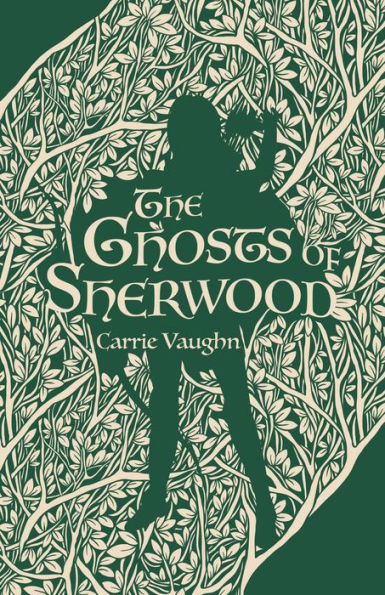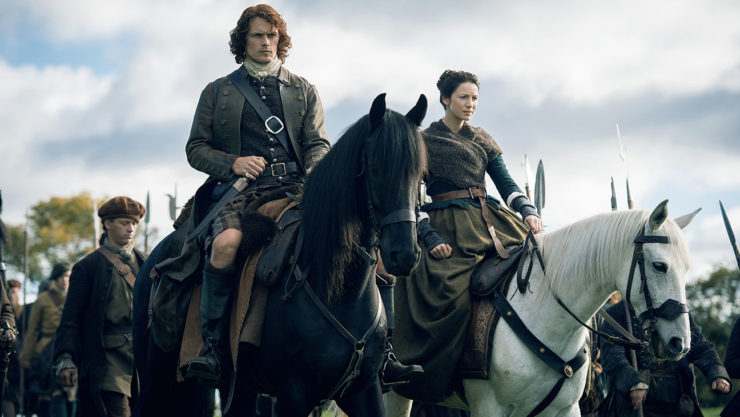Last time, I went deep into the heart of being a horse person. It was pretty intense. There may have been tears. As horse trainers know, a horse does best if he follows a high-intensity session with a lighter one. So this time, let’s have some fun.
When horse people watch TV, and movies, too, we watch for the horses. Sure, we notice the human actors, but mostly we’re looking to see if they know how to ride. We become very, very sad when favorite actors turn out to be sacks of equestrian potatoes.
Lately I’ve been enjoying a couple of up-to-the-minute examples, and one old one that showed up in my Amazon Prime recommendations. The new ones aren’t horse-centric, but they have some great horses. The old one is an actual horse movie.
It’s called The Red Fury, from 1984. There are no faces I recognized in the cast, and the plot is standard kids & family movie: crusty old geezer with tragic love life grudgingly takes in wild young kid who’s lost his family. There are Mean Kids and Mean Adults and a Pretty Schoolmarm (the period setting is that indefinable Disneyesque era of long skirts and really old cars and recycled Western stage sets) and, of course, the titular horse. Who is allegedly a “wild Mustang” but I took one look and, no.
I know a quality Arabian when I see one, even if he has the old almost-straight profile instead of the latest study in extreme facial deformation. Mustangs don’t have glossy, lovingly groomed coats, meticulously trimmed feet, and show-ring muscle conditioning.
Buy the Book


The Ghosts of Sherwood
Sure enough. As the credits rolled, there came a whole screen of tribute to a very familiar name: Mrs. Bazy Tankersley, one of the top breeders of Arabians in the US in the twentieth century. Her farm, Al Marah, is just a few miles from where I live; it’s now part of the Animal Sciences program for the University of Arizona, and still houses a herd of horses of Mrs. Tankersley’s breeding. I’ve known Al Marah horses since I was a small wide-eyed horsekid dreaming of my very own Arabian—that being what we dreamed of then, because they were, basically, real live unicorns.
Sure, enough, too, the screen identifies the horse who played Fury: one of Al Marah’s stallions, AM Count Pine, who was, indeed, a champion show horse. I’ve met a number of his descendants over the years, though I never knew him personally. He even has his own, very minimal IMDb page.
That felt kind of like running across a familiar face on a small-town street. Gorgeous horse, too, and not too bad a movie for what it is. The kid can certainly ride, bareback and over obstacles, which is not easy to do.
The other two horse sightings are more in the line of eye candy. Outlander of course is wonderfully sweet that way for all species and settings and outfits (I miss Rollo this season, and for some reason I’ve been really missing Scotland). I haven’t found any recent reports on the horses of the series, though the old ones talk about how Sam Heughan loves his equine costars, and Caitriona Balfe has…issues with horse flatulence. Which is kind of in character for their characters, too.
The first couple of seasons featured some nice Friesians and a few odds and bits, and subsequent seasons have changed horses as the settings have changed. Now they’re in Colonial America, and Jamie has a new horse. Boy wow does he have a new horse. My best guess is that it’s an Andalusian cross, probably with a Percheron, which is what’s called a Spanish-Norman. This is an attempt to recreate the medieval warhorse.
The result, and this one really has the look, is a big, sturdy, often grey horse with the Andalusian prettiness of head and neck, but Percheron substance and bone and hint of leg feathering (Percherons, unlike say Clydesdales or for that matter Friesians, aren’t heavily feathered). Jamie’s horse is drop-dead gorgeous. He even distracts me from the man himself, which isn’t terribly hard, but when a man can ride as well as look pretty, I do take time to be appreciative.
Is the horse accurate for the period and the location? Eh, not very. There would be plenty of heavy horses around, but Spanish horses were more of a European phenomenon (and they were a hot item, and very very expensive). The rich in England and the Americas tended toward the ancestors of the modern Thoroughbred. I have no idea where Mr. Fraser of Fraser’s Ridge would find a horse like that, or who would be willing to let such a rarity go. Though I would be happy to know the backstory.
Horses in Outlander are kind of mandatory, since the series is set in the 1700s and that was the main form of transport. I had more of a surprise when I started watching the Norwegian time-travel crime series, Beforeigners. This show is one of a kind. Because one of its time periods is eleventh-century Norway, i.e. the Viking Age (though the show makes clear that the term is a pejorative and please don’t), horses show up now and then in scenes set in that era.
Now these are closer to what would have actually been common in the region at that time. The heavy draft breeds mostly come from northern Europe, and the shieldmaiden who ends up as a police detective in modern Norway rides a not terribly tall but very chonky horse with lots of leg feathering. That’s right on point for the climate and the period.
I’ll stay as far away from spoilers as I can, but if you watch the series all the way to the end of its first and so far only season, wait for the major eye candy. Horse and human. Silver dun. Flowing black mane and tail and leg feathers. Shimmering silver coat. Gorgeous as Jamie’s new horse, if slightly on the heavier and hairier side. Oh my.
What about you? Have you seen any really fine horses on television lately? Really fine riders optional, but they definitely add to the experience.
Judith Tarr is a lifelong horse person. She supports her habit by writing works of fantasy and science fiction as well as historical novels, many of which have been published as ebooks by Book View Cafe and Canelo Press. She’s even written a primer for writers who want to write about horses: Writing Horses: The Fine Art of Getting It Right. Her most recent novel, Dragons in the Earth, features a herd of magical horses, and her space opera, Forgotten Suns, features both terrestrial horses and an alien horselike species (and space whales!). She lives near Tucson, Arizona with a herd of Lipizzans, a clowder of cats, and a blue-eyed dog.










